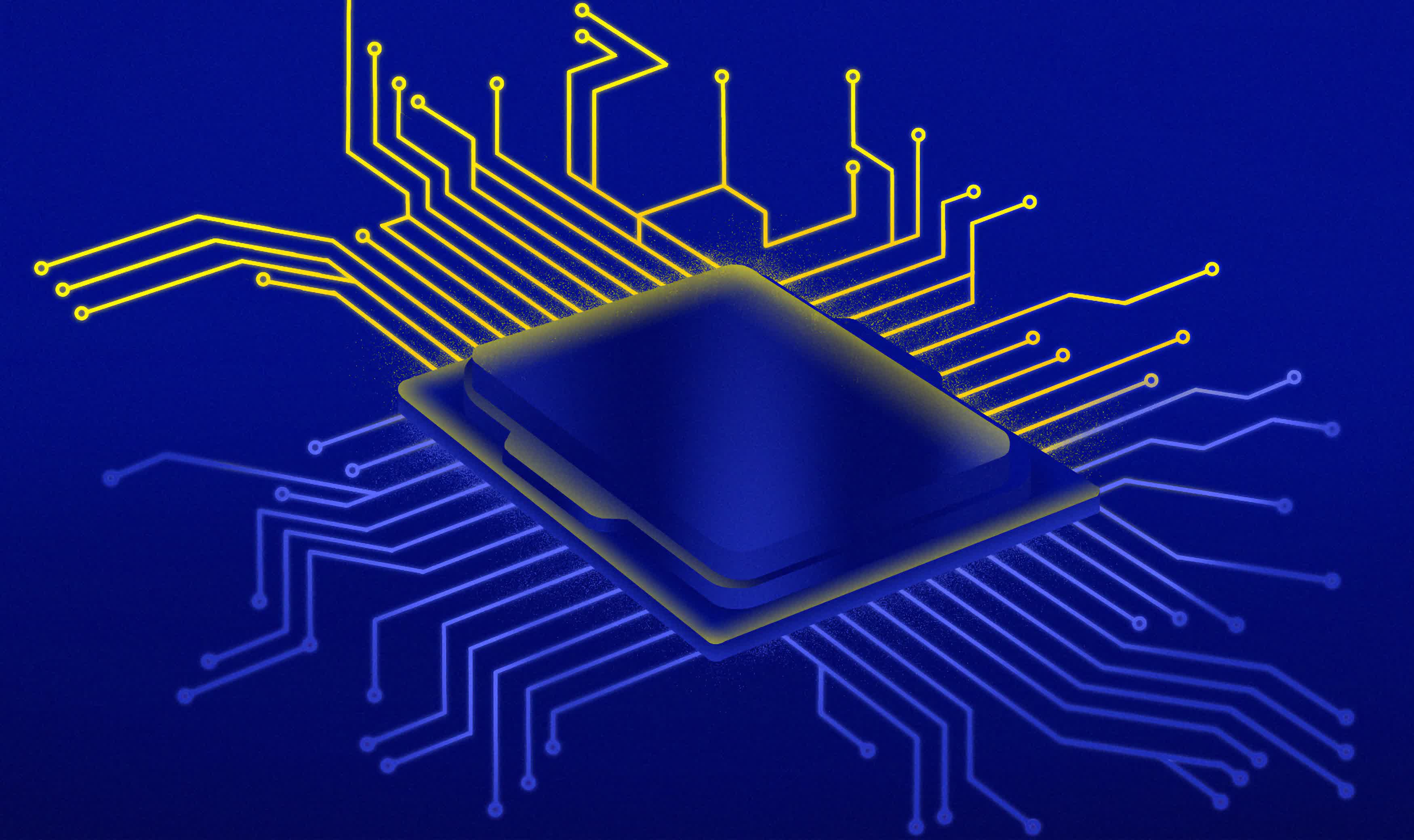Posts: 186 +4
In context: With Intel wounded, companies are vying either to acquire Team Blue outright or bid for pieces of it. So far, Intel has remained committed to its turnaround plan, but some of the deals on the table illustrate just how far Intel has fallen. One example is the offer by Arm to buy Intel's crown jewel. Unsurprisingly, Intel turned it down.

Arm approached Intel about acquiring its product division, which develops chips for PCs, servers, and networking equipment, according to Bloomberg, citing a person with direct knowledge of the matter. However, Intel declined, stating that the division is not for sale. Arm was not interested in Intel's foundry assets.
Intel has declined rapidly over the last year and is currently the focus of takeover rumors. Qualcomm, for instance, made a takeover offer earlier this month, according to sources familiar with the matter.
Meanwhile, Intel is said to be open to selling parts of its operations to regain financial footing. Its programmable chip division, Altera, which it acquired for $16.7 billion in 2015, is reportedly among the assets that may be put up for sale, although CEO Pat Gelsinger recently denied this.
According to Sandra Rivera, Intel is sticking to its initial strategy of divesting a smaller portion of its stake in Altera, with plans to complete the spin-off through an initial public offering by 2026 at the latest. Last year, Intel spun off Altera as an independent entity with plans for a future IPO.

Arm's potential acquisition of Intel's product units could have furthered its strategy to diversify into PCs and servers, where Intel's chip designs currently dominate. The UK-based company also wants to offer fully developed products, which Intel could have facilitated.
However, the deal didn't make sense for Intel, which is already implementing strategies to revitalize its business, making it less inclined to sell a core business line. Additionally, Team Blue has options: Apollo recently indicated it would be willing to make an equity-like investment of up to $5 billion in Intel. While still pending, the chip giant is also on track to receive $8.5 billion in grants and $11 billion in low-interest loans through Chips Act funding from the government.
Even if willing, an Arm takeover of Intel's product division would have faced numerous challenges. The deal would likely have encountered intense scrutiny from regulatory agencies, particularly given the current trade tensions with China. Despite Arm's higher market capitalization, Intel's revenue still dwarfs Arm's, making such an acquisition unlikely. Given the size of Intel's product divisions, it's questionable whether Arm could finance such a large purchase.
Another consideration is the technical challenge of merging Arm's RISC-based architecture with Intel's x86 architecture. And finally, Arm's clients, which include Amazon, Qualcomm, and Samsung, would likely have protested the deal, as it would position Arm to compete directly with them.
Intel holds firm against takeover bids, rejects Arm's acquisition proposal